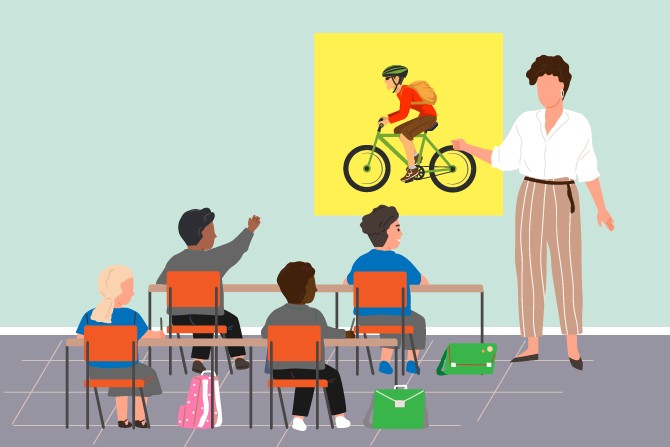Key Stage 2
Year 3 - Road Safety Superheroes (digital resource)
Year 3 will be invited to learn how to use their road safety superpowers to complete a journey safely. As Road Safety Superheroes, the children will see two of our Road Safety Officers on a tricky journey to help them learn and remember how to stay safe with their adults. The children will be introduced to key vocabulary, the Road Safety Code, and learn how to cross between parked cars and at a junction safely.
Year 4 - Speed (digital resource)
Our Year 4 resource is designed to teach children about speed, specifically that it is not possible for children to judge the speed of approaching vehicles. Our main messages are that younger children should hold hands and cross roads with an adult and older children should wait on the pavement until the road is clear and safe to cross. Within the PowerPoint there is a quiz and a short video clip to help further the children's understanding. 9 Road Safety Core Content Sessions.
Year 5 - Dangerous Distractions (digital resource)
Year 5 will be invited to work with us to deepen their understanding of distractions and how they can affect our ability to be safe when we are out and about. During the Distractions session, children will learn what a distraction is, the importance of recognising potential distractions, how they can affect them and most importantly how to deal with them to stay safe. Once all the activities have been completed, the children will round-off their learning with the opportunity to identify the distractions that are most likely to affect them and come up with a strategy to deal with them.
Year 6 - Impulse Control (live session)
Impulse control can be seen as a person’s ability to offset immediate reward for larger but later reward. Most Year 6 pupils know basic Road Safety skills, but they often fail to deploy these skills because they react on impulse, or they go for a shortterm gain rather than a long-term safety gain. Our session help pupils recognise impulsive behaviour and plan strategies to avoid acting impulsively. The session also discusses the transition to secondary school and gives safety advice for journeys to their new school.
If you would like to enquire about road safety education and active travel in your school, please contact: roadsafetyeducation@warwickshire.gov.uk.
